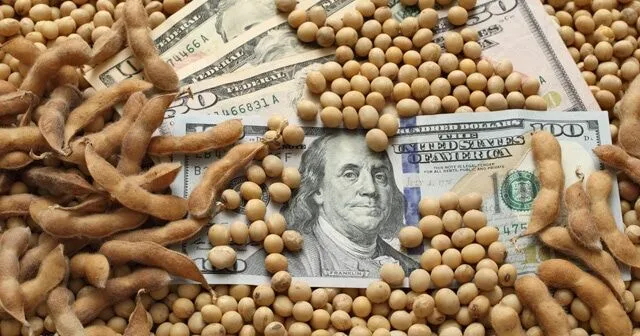Using a put option when marketing grain can be a strategic move for farmers to manage price risk and protect against potential declines in the market. Here are several reasons why you might choose to use a put option:
1. Price Protection: A put option provides the holder (the farmer) with the right, but not the obligation, to sell a specified amount of grain at a predetermined price (strike price) within a specified time frame. This allows the farmer to protect against potential price declines in the cash market. If the market price falls below the strike price, the farmer can exercise the put option to sell the grain at the higher predetermined price.
2. Downside Risk Mitigation: The primary purpose of using a put option is to mitigate downside risk. If adverse market conditions lead to a decrease in grain prices, the put option acts as an insurance policy by ensuring that the farmer can sell the grain at a predetermined minimum price, even if the market price is lower.
3. Flexibility: Put options provide flexibility in marketing strategies. Farmers can choose the strike price and expiration date that align with their risk tolerance and market outlook. This flexibility allows them to tailor their hedging strategy to specific circumstances.
4. Maintaining Upside Potential: Unlike selling grain at a fixed price in the futures market, purchasing a put option allows the farmer to benefit from potential price increases. If market conditions are favorable, the farmer can choose not to exercise the put option and instead sell the grain at the higher prevailing market price.
5. Seasonal Price Variability: Agricultural markets often experience seasonal price fluctuations. Using put options can be particularly beneficial during periods of uncertainty, such as before planting or harvest seasons, when price volatility tends to increase.
6. Cost-Effective Risk Management: While purchasing put options involves paying a premium, it can be a cost-effective way to manage risk compared to other risk management strategies. The premium paid for the put option is essentially the cost of obtaining downside protection.
7. Improved Budgeting and Planning: By using put options, farmers can have a clearer picture of the minimum price they will receive for their grain. This certainty can enhance budgeting and planning efforts, allowing for better financial management.
It's essential for farmers to carefully assess their risk exposure, market outlook, and financial goals before incorporating put options into their marketing strategy. Additionally, understanding the mechanics of options trading and staying informed about market trends is crucial for effective decision-making. Farmers may also seek advice from financial professionals or agricultural economists to ensure their risk management strategies align with their specific needs and circumstances. Have questions? Give us a shout at 316-202-1407, we would be happy to talk strategies with you!



